Study, work or travel in the UK. British
culture and life.


Christmas celebrations in the UK
|
|
Study, work or travel in the UK. British
culture and life.
|
|
||
|
|
|
|
||
 |
||||
|
|
|
|
||
 |
||||
|
Christmas celebrations in the UK
|
||||
|
INTRODUCTION
|
 |
The
English Christmas |
 |
The
Traditions of Christmas Author: Victoria Magazine Publisher: Sterling Publishing Date: October 2004 |
|
CHRISTMAS SHOPPING
|
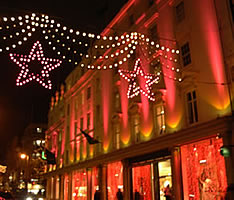 Christmas lights in Bond Street, London |
|
ADVENT
|
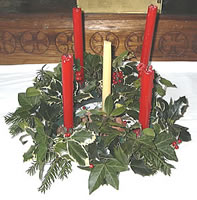 Advent wreath |
|
CHRISTMAS TREES
|
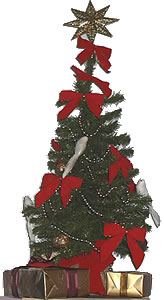 Presents are often kept under the tree |
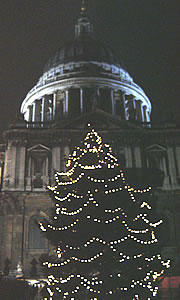 Christmas tree outside St Paul's Cathedral |
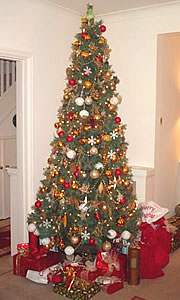 Red, gold and silver are popular colours for decorations |
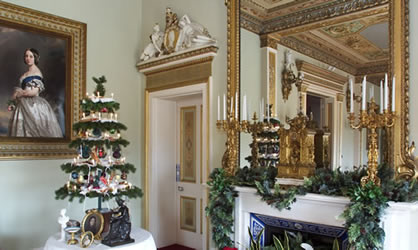 Christmas tree at Osborne House, on the Isle of Wight |
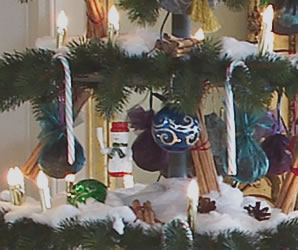 Decorations on the tree |
|
CHRISTMAS DECORATIONS
|
 Mistletoe |
 Holly |
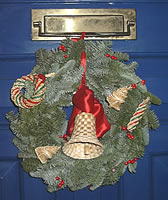 A Christmas wreath |
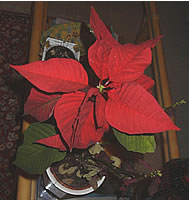 Poinsettia |
|
CHRISTMAS CHURCH SERVICES & CAROLS
|
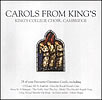 |
Carols
from King's (CD) |
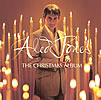 |
The
Christmas Album (CD) Performer: Aled Jones Label: UCJ Date: November 2004 |
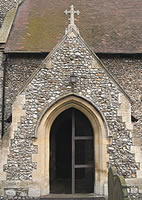 Church entrance |
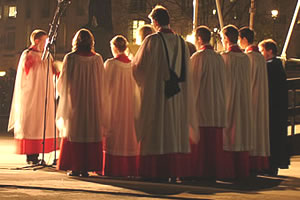 Christmas carol singing |
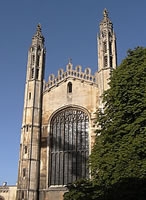 King's College Chapel |
|
CHRISTMAS FOOD & DRINK
|
 |
Delia
Smith's Christmas |
 |
Countdown
to Christmas Editor: Mary Cadogan Publisher: BBC Consumer Publishing (Books) Date: September 2002 |
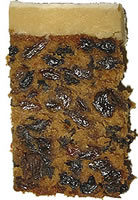 Christmas cake |
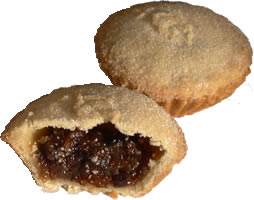 Mince pies |
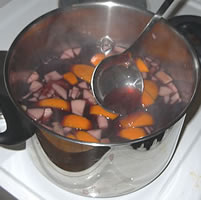 Mulled wine |
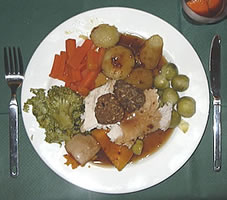 A typical Christmas meal |
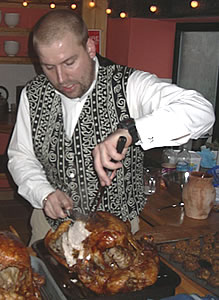 Carving the turkey |
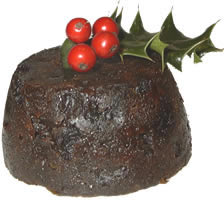 Christmas pudding |
|
CHRISTMAS CRACKERS
|
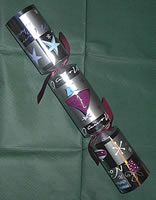 A Christmas cracker |
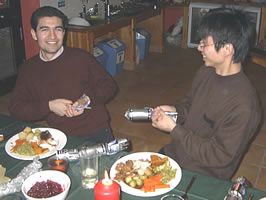 Pulling a cracker |
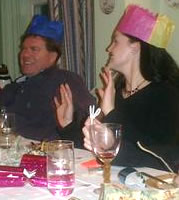 Paper hats |
|
CHRISTMAS PRESENTS
|
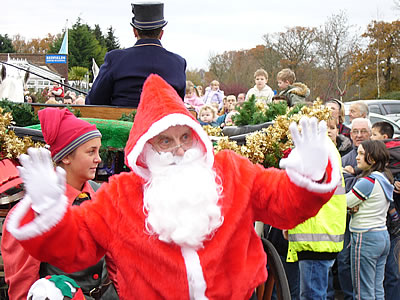 Father Christmas and his little helpers ... |
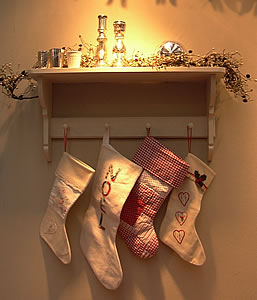 ... come and puts presents in stockings |
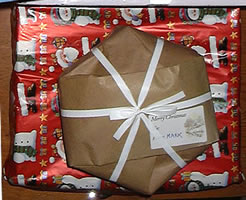 Presents are put under the tree ... |
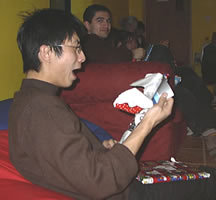 ... handed out and opened |
|
GAMES
|
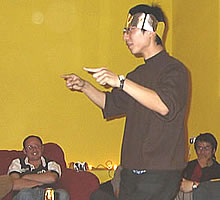 Charades |
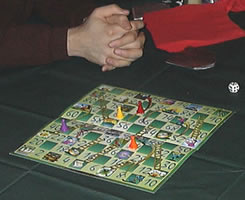 Board games |
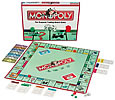 |
Monopoly |
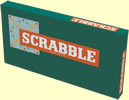 |
Scrabble
Classic Manufacturer: Upstarts |
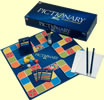 |
Pictionary Manufacturer: Mattel |
Super
Boggle Manufacturer: Hasbro |
|
PANTOMIMES
|
|
Buy a ticket
for a pantomime or other attraction
|
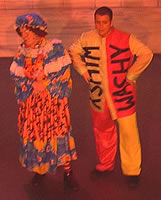 |
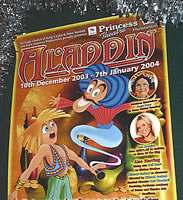 |
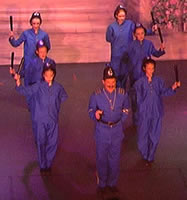 |
|
TWELFTH NIGHT
|
|
FURTHER INFORMATION
|
|
|
|